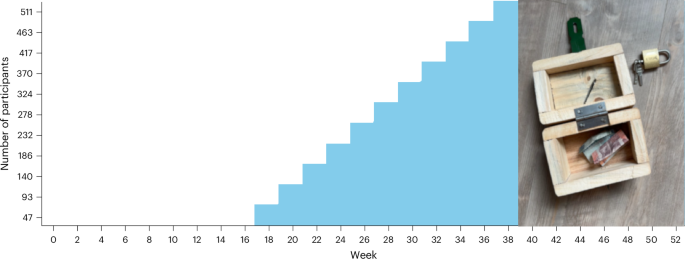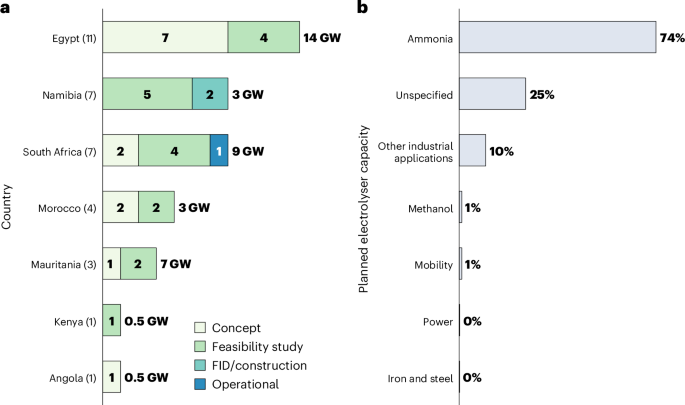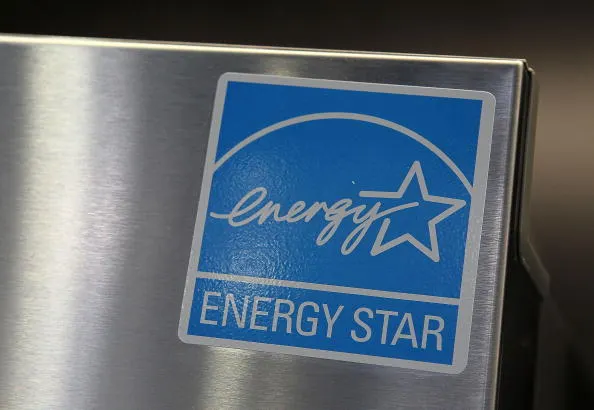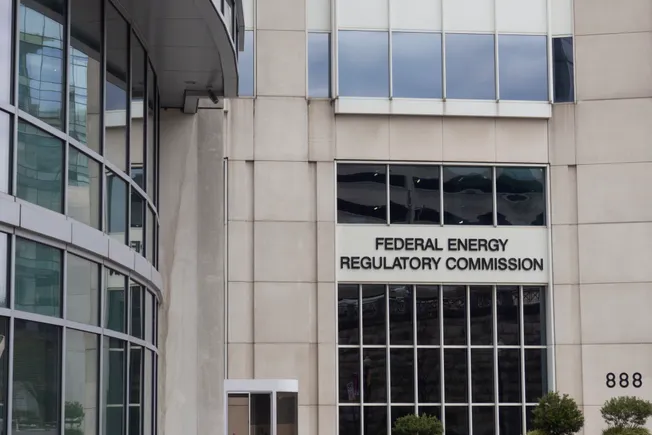Co‐Regulating Planar Mg Deposition and Bromine‐Rich Mg Anode‐Electrolyte Interface by Multifunctional Organic Bromine Additive
Advanced Energy Materials, EarlyView.

Traditional magnesium bis(hexamethyldisilazide) (Mg(HMDS)₂) electrolytes tend to heavily passivate the magnesium (Mg) anode surface, hindering reversible Mg deposition. The incorporation of 1-bromooctane (OctylBr) additive modifies the electrolyte, resulting in reversible Mg deposition. The additive promotes a planar morphology and facilitates the in situ formation of a bromine-rich interface, enabling the electrolyte to undergo seamless cycling at high areal capacities with minimal overpotentials.
Abstract
Rechargeable magnesium batteries (RMBs) are highly promising candidates for next-generation energy storage systems due to their superior energy density and intrinsic safety. However, severe magnesium (Mg) anode passivation in conventional electrolytes and non-uniform Mg deposition significantly compromise their reversibility and cycling stability. Here, for the first time, a multifunctional 1-bromooctane (OctylBr) additive is introduced into the strongly passivating magnesium bis(hexamethyldisilazide) (Mg(HMDS)₂) electrolyte to engineer a Br-enriched solid electrolyte interphase (SEI) and promote uniform planar Mg deposition. This strategic electrolyte modification extends the Mg cycling lifespan of conventional electrolytes from 0 to 3600 h with an exceptionally low overpotential of 45 mV in a symmetric cell and a high coulombic efficiency of 99.34% in an asymmetric cell. The planar deposition enabled by the electrolyte allows for reversible Mg plating/stripping across a broad range of areal capacities (0.5–25 mAh cm− 2). Notably, at high areal capacity of 10 mAh cm− 2, the electrolyte sustains a lifespan of 640 h in a symmetric cell, underscoring its effectiveness for high-energy applications. Full-cell evaluations with Mo6S8 cathodes further validate the enhanced cycling performance, and the approach proves effective across various conventional Mg salts. These findings position OctylBr as a generally compatible electrolyte additive, unlocking new pathways for high-performance, long-life RMBs.











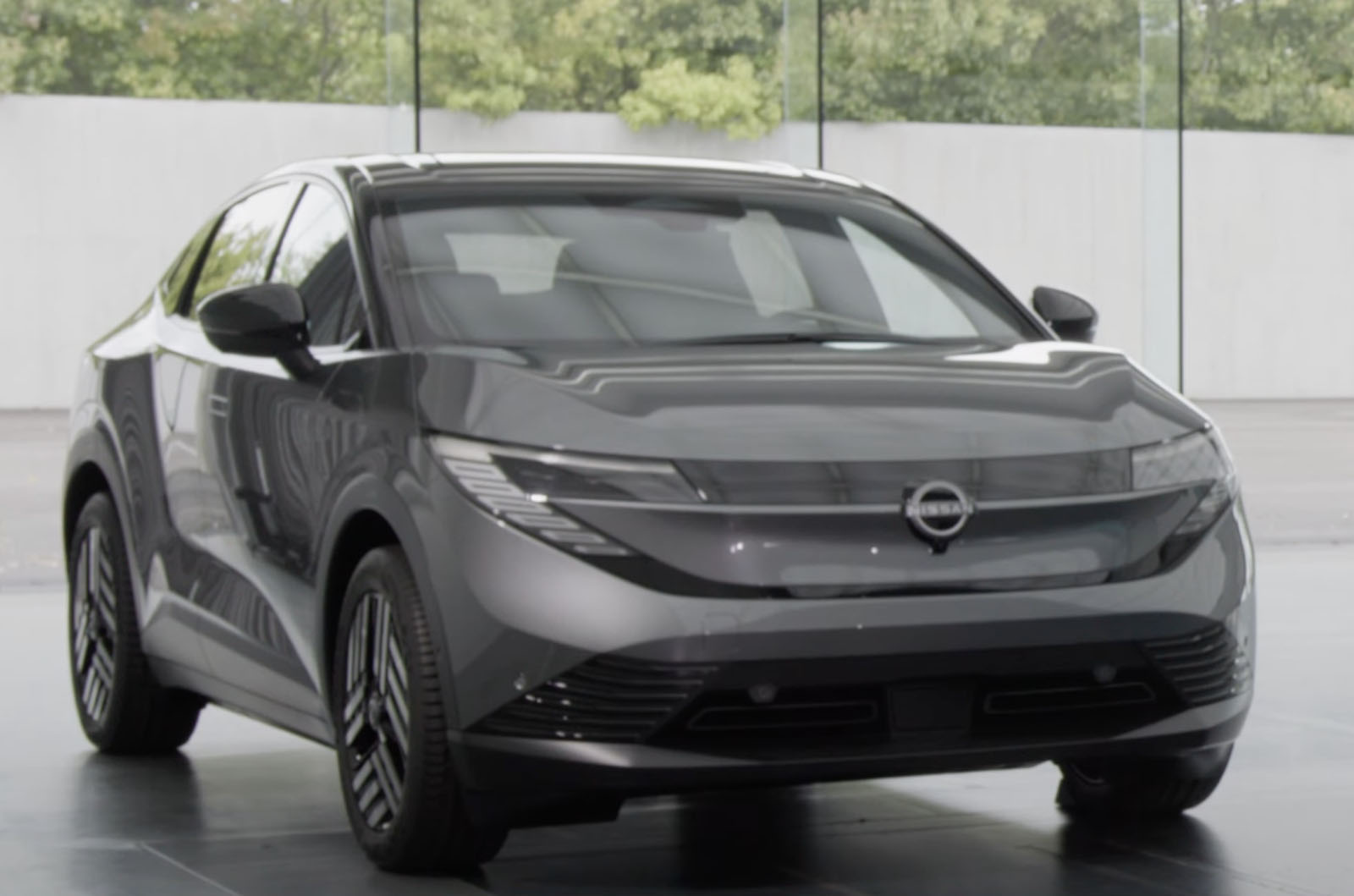


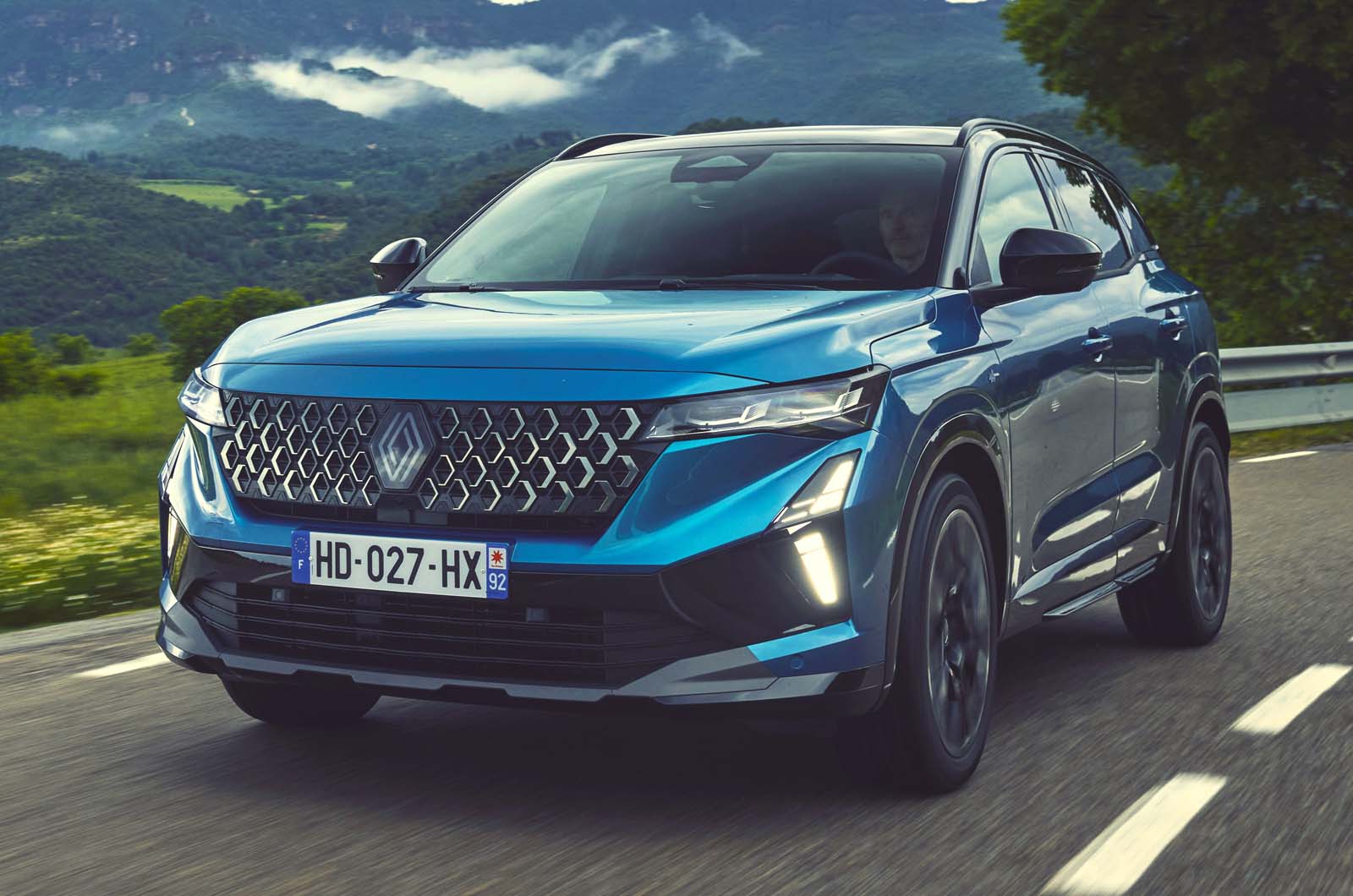




























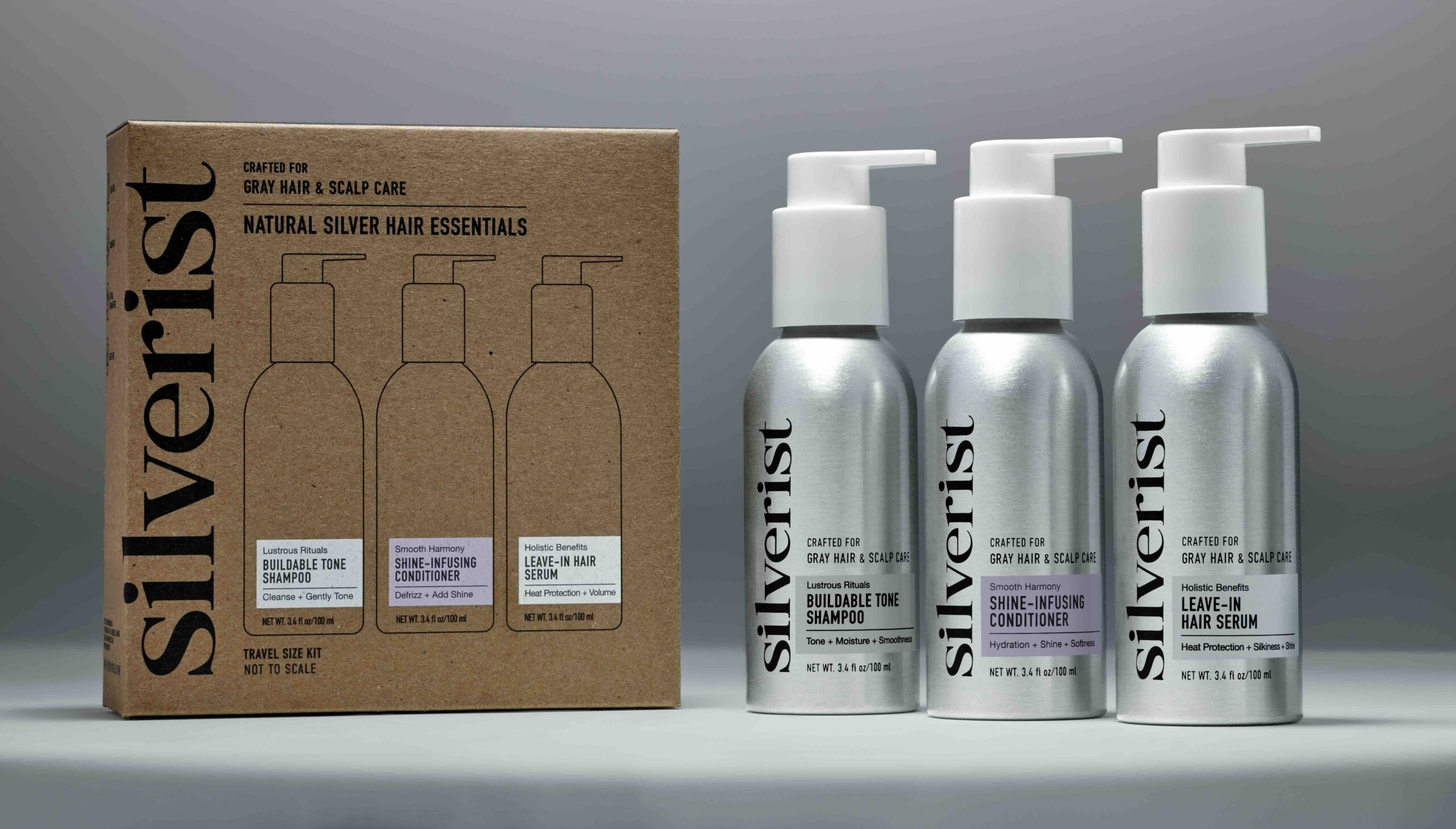


















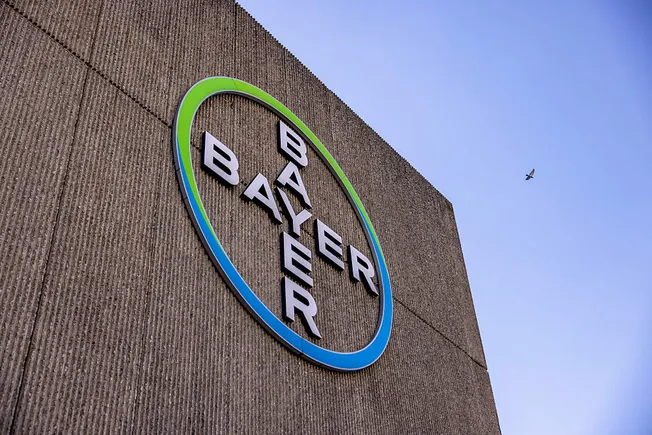
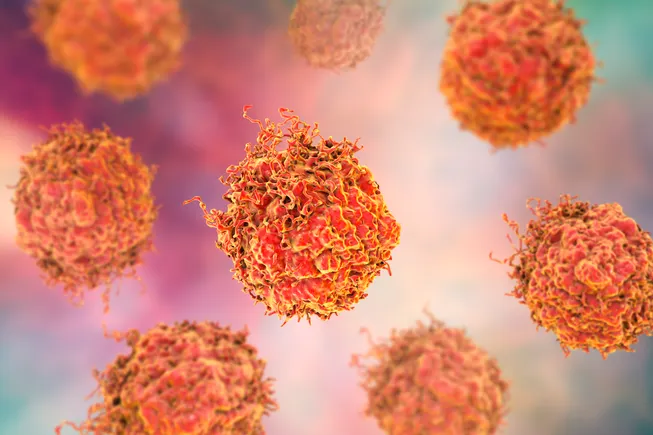





















![[Video] The Weekly Break Out Ep. 20: Pacific policy in Singapore and the UK’s new defense plan](https://breakingdefense.com/wp-content/uploads/sites/3/2025/06/Break-Out-ep-20-thumb-Play-Button.jpg?#)





































